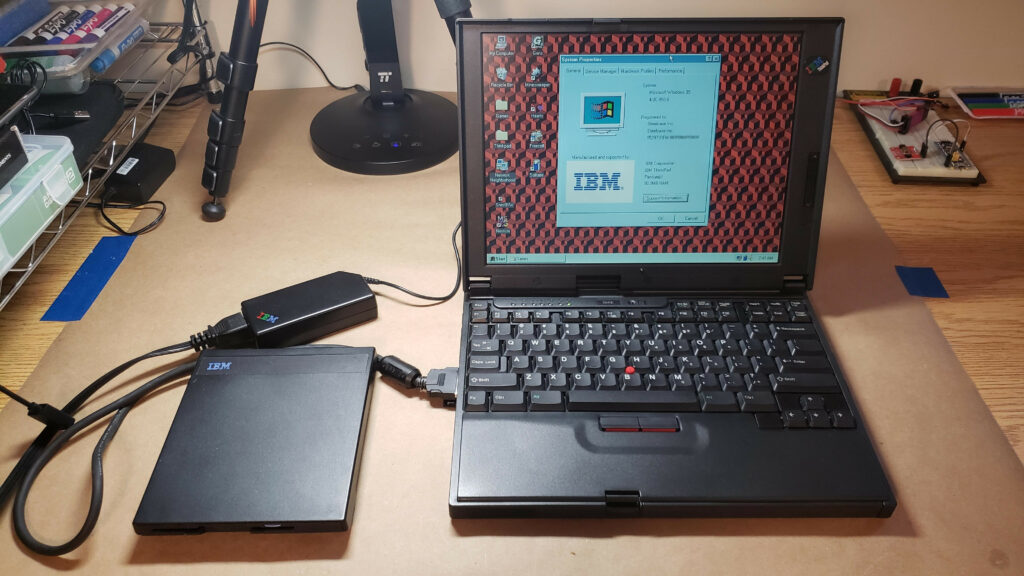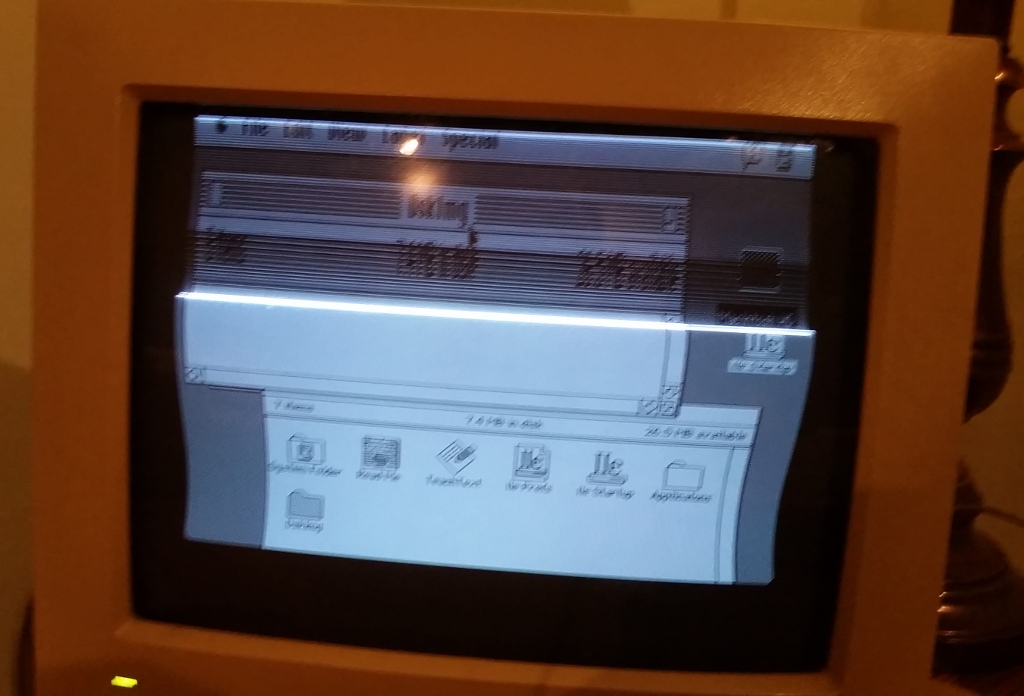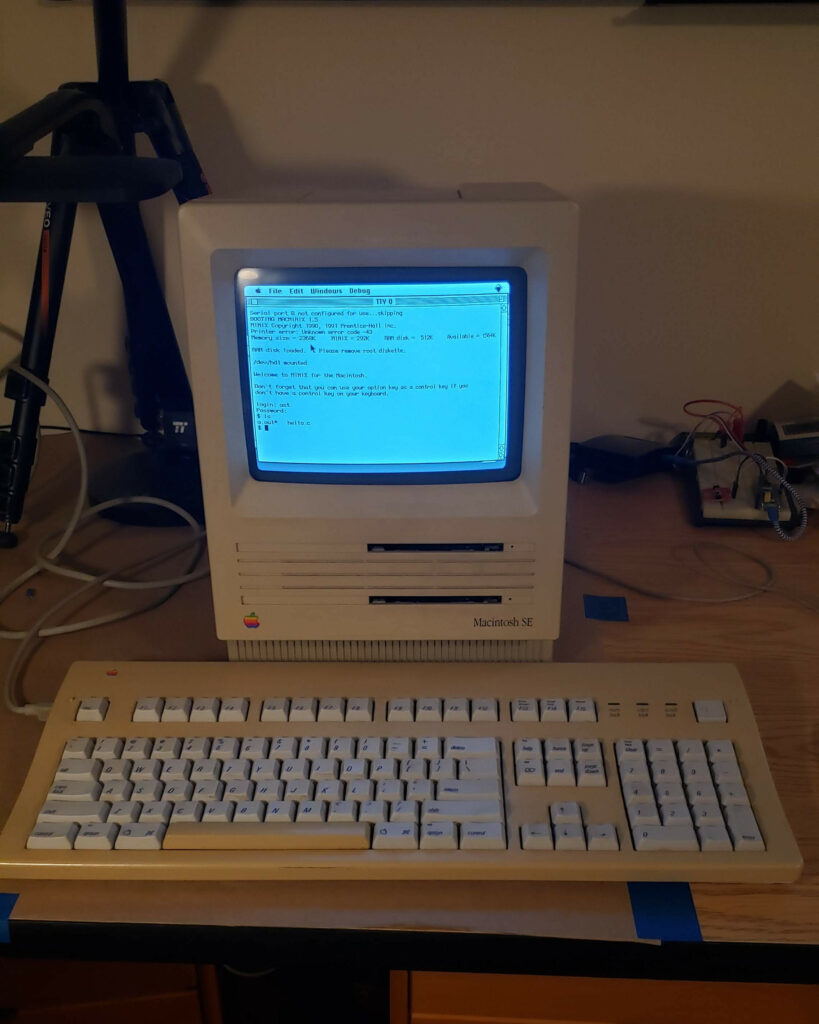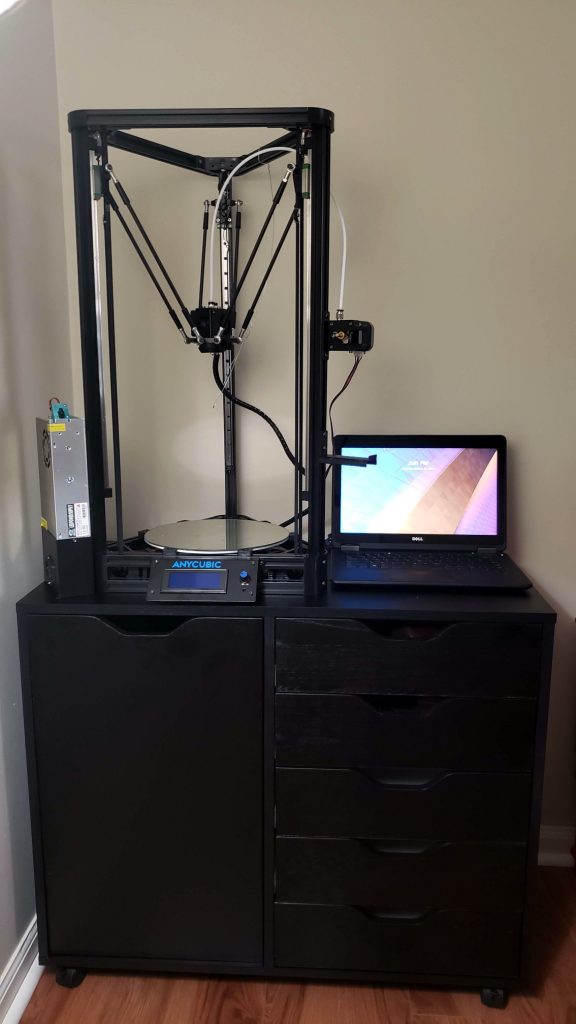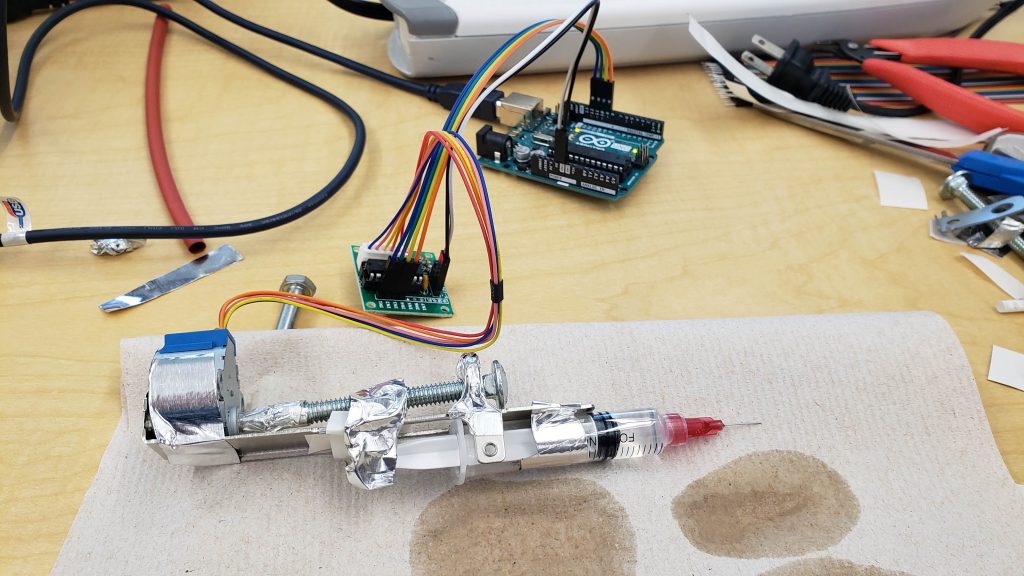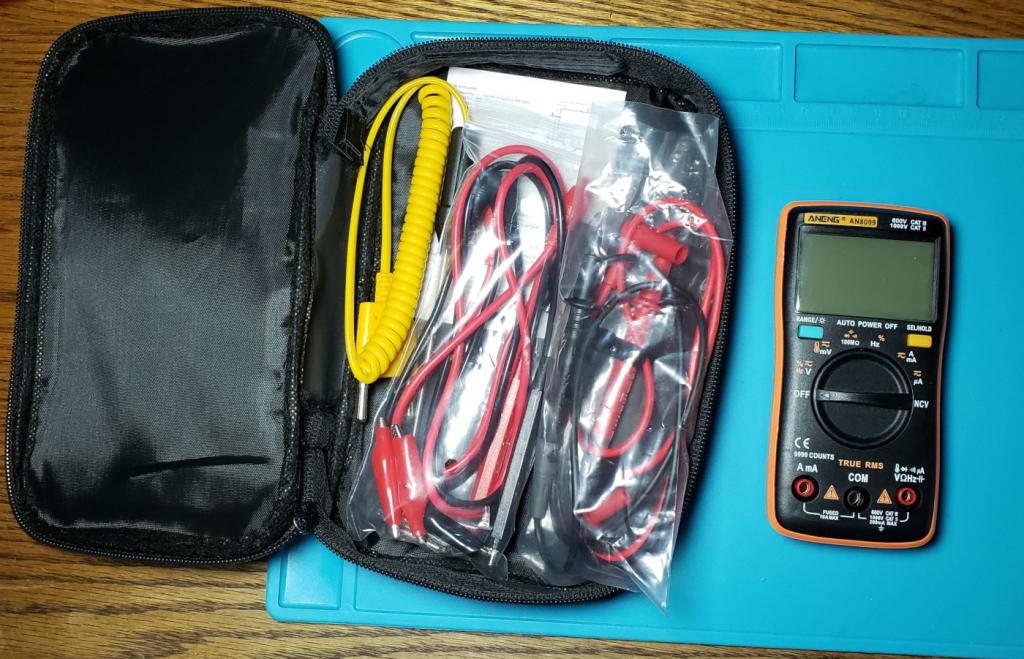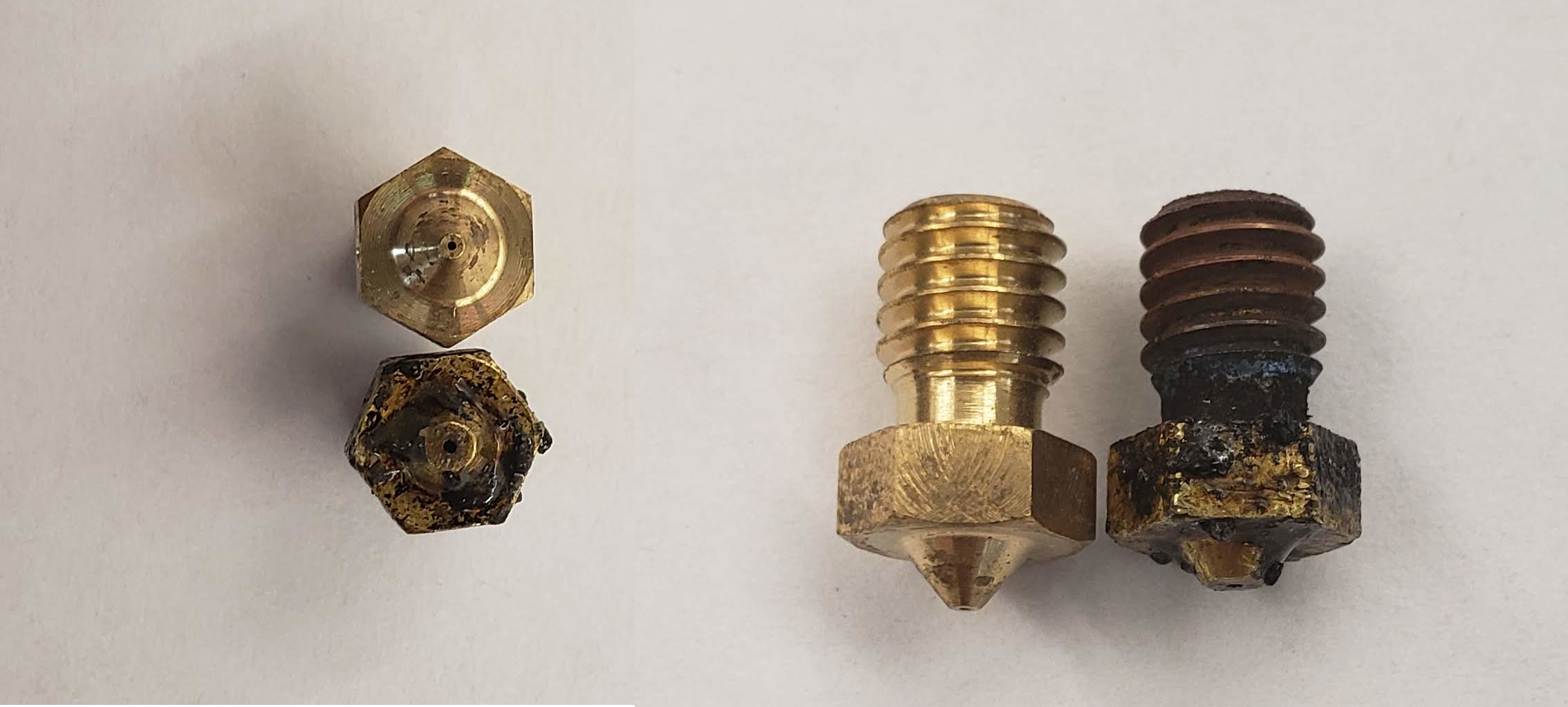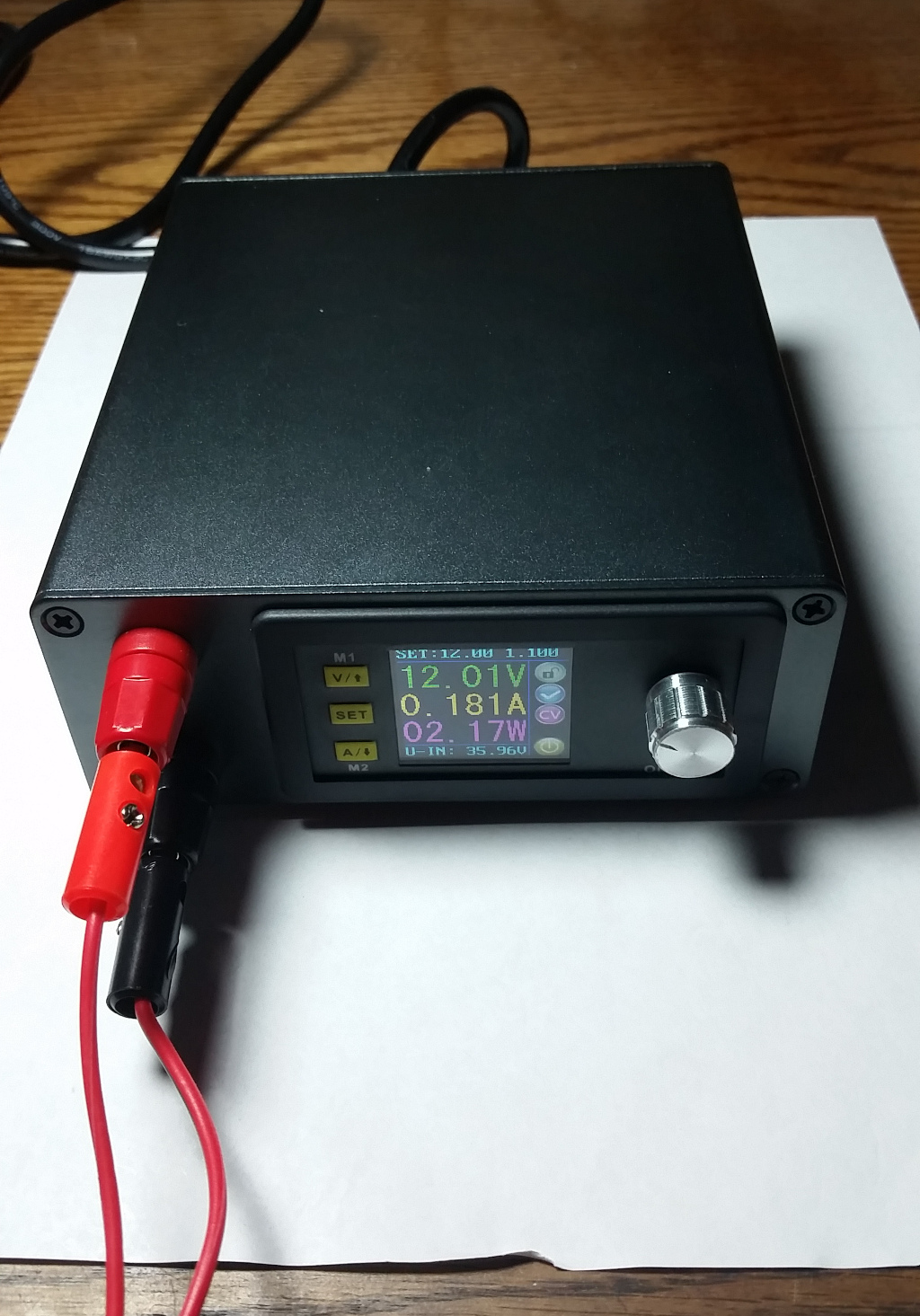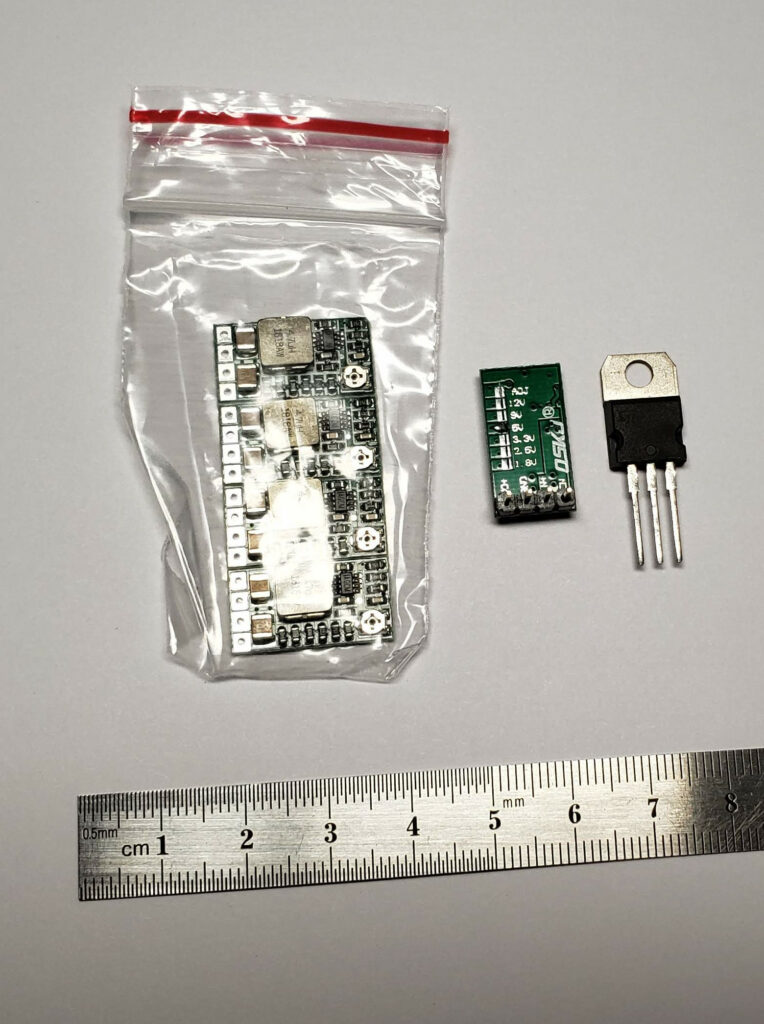
I needed some cheap little vregs recently and had run out of and/or lost all of my useful-value 780x linear parts, so I decided to look at what people in this century use.
I found some little buck boards roughly the size of a TO-220 package that looked exciting. These particular ones are QSKJ Mini DC-DC Buck Step Down Module model “QS-1205CME-3A”, Vendor page here, mine were 5pcs/$9 from Amazon.
Upon analysis they have serious issues with regulating under load, so the hunt for something decent continues, but the form-factor and advertised feature set are really compelling.
Pros:
- High-efficiency high-frequency synchronous buck instead of a linear heater^H^H regulator.
- Solder-jumpers for 1.8,2.5,3.3,5,9,12V or a default (fiddly, tiny) adjustment pot output so you only have to stock one device – one easy-to-cut trace to disable adjustable mode.
- Tolerates 4.5-24V input as long as out < in or so.
- Good stability to input voltage variation.
- ~0.25V drop-out.
- Does appear to have a cutoff for over-current.
- No perceptible ripple under various load conditions.
Cons:
- Voltage regulation manages maybe 600mA at 5V before droop becomes unacceptable (<4.8v).
…and that makes it basically useless for most applications. Test data below the fold.
Maybe it could be resolved with appropriate external capacitors and/or offsetting the adjustable to regulate right at a known load or something, but not being drop-in really reduces their charm.
Anyone know of a similar offering that doesn’t suck at output regulation?
(Rel: Anyone know if any of the low-end electronic loads are worthwhile? I’m not looking to spend real-lab-instrument money, but it’s come up often enough lately that I want to be able to dissipate a couple 10s of Watts through a at least stepwise-controllable resistive load).

